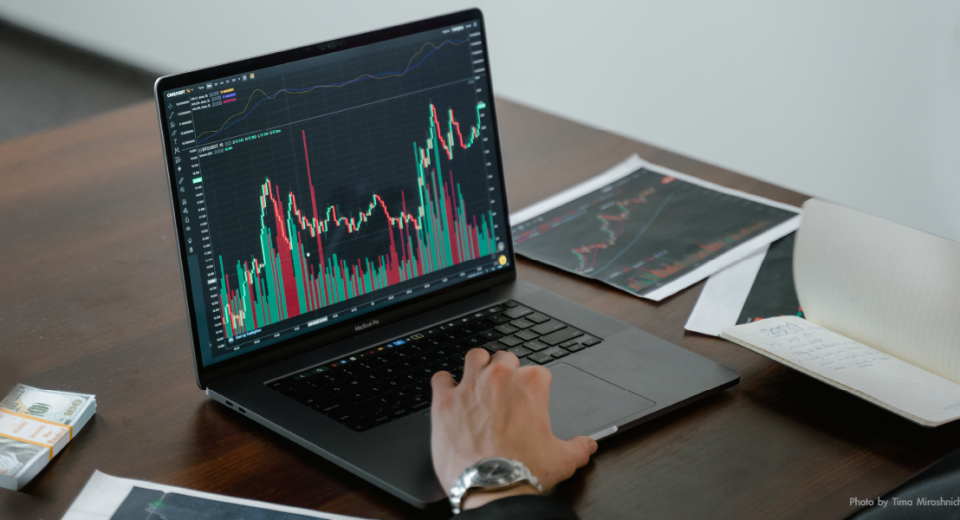What are Contango and Backwardation?

Derivatives are complex financial instruments, but they do offer a wide range of benefits for those who understand how to trade them. Flexible contracts like forwards and standardised alternatives like futures offer investors chances of hedging risk exposure, while offering access to markets and assets otherwise unavailable to them. The commodities market is primarily traded through such derivatives.
All these advantages are based on forwards and futures pricing methodologies. Questions like “where is the crude oil price going?” Or, “when will the stock prices stabilise?” can be answered, based on the trajectory of the futures price curve. Futures markets have fixed term contracts, with different expiry dates. Moreover, different commodity futures markets have varying “contract months.” The futures price curve tracks the prices of these futures, against that of the contract months, leading to the expiry date.
Conventionally, we assume that we will pay less for an asset today, which is to be delivered months or years from now, due to the time value of money. But surprisingly, price curves often don’t work that way. People end up paying more for assets today, for something that they won’t receive for months or years. This phenomenon is called Contango.
What is Contango?
Contango refers to a market condition where asset prices in distant delivery months are greater than they are in more imminent delivery dates. This is denoted by an upward sloping futures price curve, where prices for future deliveries are higher than the spot prices. Terms like “normal market” and “positive carry” are often used to denote Contango conditions.
Contango is a condition quite common in the gold markets, due to the non-perishable nature of the commodity and high storage costs involved. We have to remember that the commodities market structure includes prices like discounts and premiums for different grades of the asset class. Often, there are processing spreads involved, when one commodity is a product of another. Contango and backwardation measure the calendar spreads of commodity prices, which are the price differentials of the same commodity across different delivery timeframes. Other markets that generally witness Contango are corn and coffee futures.
A concept of “Normal Contango” often does the rounds in the market. This simply means that the future price of a commodity is higher than the expected futures spot price or the expected market price. Several factors contribute to Contango, including rising inflation, political instability, scarcity of production and market sentiment.
Backwardation or Normal Backwardation
Normal backwardation or simply backwardation is a condition where the current spot price of a contract is higher than the expected price in the future for an underlying asset. Further out contracts are priced lower in such a price curve.
Backwardation conditions are often called “premium market” or “negative carry” conditions. It is sometimes confused with an inverted futures curve. Investors consider futures backwardation as a sign of price deflation in the near future.
Short-term shortages of particular commodities, like oil and gas, can create backwardation conditions. Extreme weather events, natural disasters and wars can lead to scarcity in production or harvesting of crops like wheat and rice.
Futures contracts in backwardation conditions are commonly held in long positions by investors. If a futures contract is trading below the spot price, the assumption is that prices will ultimately rise, in order to converge with the spot price on the contract expiry date.
Contango and Backwardation: Important Indicators of Supply and Demand
The difference in pricing of futures or forward contracts, between near and deferred delivery dates, can give critical insights into the condition of the market, i.e., whether the market is overbought or oversupplied. Time spreads, particularly closer to the nearby dates or cash prices, give a clear picture of current commodity supply versus demand levels.
When demand outstrips supply, time spreads get narrower and often invert from the nearby delivery dates to the deferred delivery date. In the short-term, if supply is in excess of demand, futures prices tend to trade at a premium closer to the deferred delivery date, as compared to nearby date or cash prices.
Backwardation is something that points towards tightness in market conditions. When demand outstrips supply in the short-term, backwardation is created. This means that producers will increase output or production to meet the rising demand, which will lead to lower deferred prices.
It is necessary to remember that some commodities can be replaced with other commodities. When cattle futures prices rise, due to increasing demand, consumers will replace beef with pork substitutes, provided that the price of pork is lower.
Contango, on the other hand, tells us that production might decrease in the future, since nearby supplies can satisfy the demand levels. It often signals either market equilibrium or oversupply conditions. The theory is that excessive supply of an asset in nearby time periods does not necessarily guarantee abundant supplies in the future. Producers will cut back on production and future prices will increase when demand takes over supply levels once again. Financing, storage and insurance costs of commodities, and excess supply can cause progressively higher futures prices.
Seasonality is obviously a critical factor in demand and supply of commodities, most of which have peak and off-peak seasons. For example, in the US, demand for gasoline typically increases in the summer driving months, the anticipation of which results in a rise in gas prices. This is the time when most families take road trips, due to the ongoing vacations. High gas prices are further driven by a rise in crude oil prices, which increase and decrease due to various factors. Similarly, the late fall and winter are periods when demand falls.
The forwards and futures curves of many such commodities tend to reflect peak demand with higher prices.
Term structure in the commodities market, with respect to moves from backwardation to contango, can often produce important signals, related to paths of least resistance for prices. While these term structures often follow prices, they can also indicate significant shifts in price trends.
Make sure to read more about contango and backwardation before entering into commodities trading.
Reference Links
- https://www.investopedia.com/terms/c/contango.asp
- https://www.investopedia.com/ask/answers/081414/what-best-way-play-backwardation-futures-market.asp
- https://www.thebalance.com/backwardation-and-contango-808861
- https://corporatefinanceinstitute.com/resources/knowledge/trading-investing/contango-vs-backwardation/
- https://www.fatrader.com/p/analysis/Backwardation-And-Contango-Realtime-Indicators-Of-Supply-And-Demand-Fundamentals-201903132341.html




